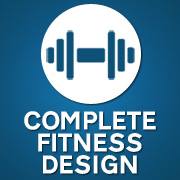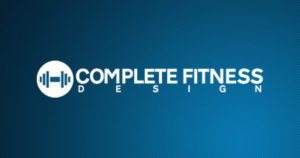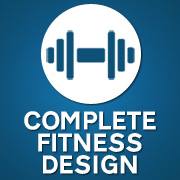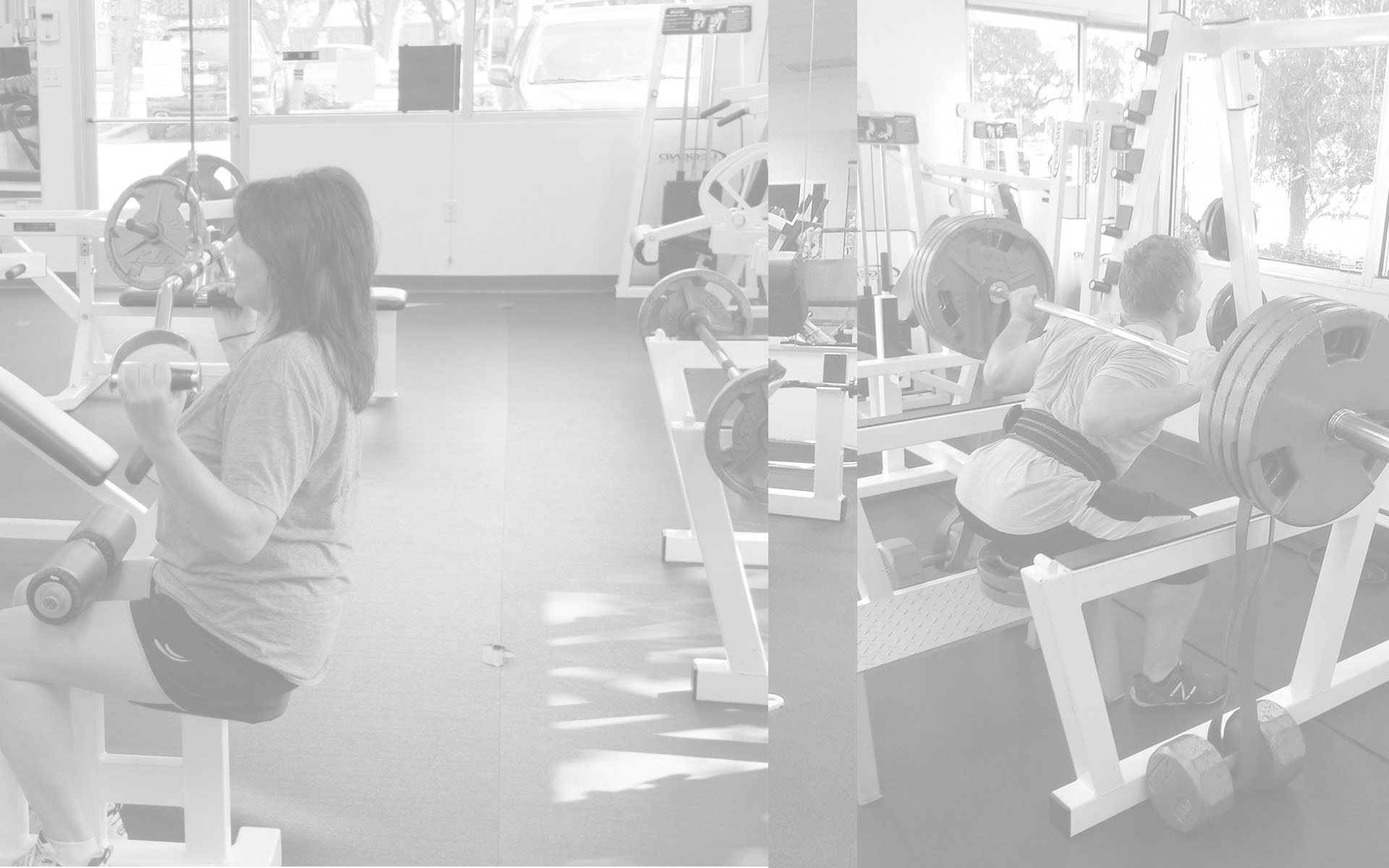How Does One Go About Getting Stronger?
A very common goal amongst trainees is getting stronger. The client may want to become stronger at a certain lift, such as the bench press, for example, or perhaps they want to strengthen a certain region that has atrophied, or perhaps we need to strengthen an area that was previously injured as part of the physical therapy process known as corrective flexibility. No matter the scenario, getting stronger is empowering both mentally as well as physically.
In any case, we have to set an appropriate long term goal as well as some short term goals, which will be checked off as we pursue the ultimate long term goal we have set. In addition to goal setting, we also have to look at the surrounding muscles which will be used as stabilizers and assess if they need to be strengthened, lengthened, etc.
If you don’t have the stability, you will be spinning your wheels. A good metaphor for this would be, if someone told you a bridge you were contemplating driving over was strong, but not stable, would you drive over it? We can see this play out in gyms everywhere. People put weight on a leg press machine and do the exercise while pressing on their knees with their hands. They say they’re not pressing, just holding, but meanwhile you can see the muscles of their arms contracting on every repetition. What’s going on is that in 99% of these instances, the lifter has weak stabilizer muscles compared to the prime mover muscles, which in this case are the quadriceps, hamstrings, and gluteals. The stabilizing muscles in this example are the adductors, gracilis, etc. What is needed to remedy this scenario, is the lifter to take a bunch of weight off the rack and practice doing the exercise hands free. Additionally, some direct working of the aforementioned stabilizers would be of great benefit.
There’s never a substitute for doing something right. That’s how real, quantifiable results are achieved. Take it one step at a time, be objective in your analysis of how you’re doing things, be consistent in your efforts, and in time, you’ll get the results you’re looking for.
Ready to Get Started?

Andy

Latest posts by Andy (see all)
- Workout Motivation: How To Get Motivated To Work Out - March 9, 2022
- Body Fat Types: Subcutaneous and Visceral Fats - June 1, 2019
- Why Diets Work If You Stick With Them - April 1, 2019






